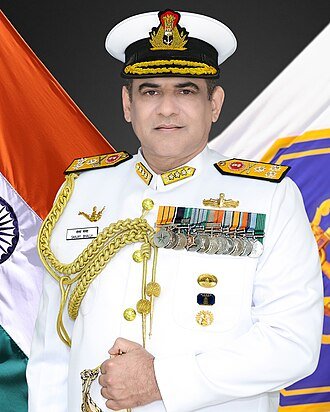Leh, September 20, 2020: Armed by the unwavering support from their families, the Indian Army’s Ladakh Scouts, who are better known as the ‘sons of soil’, are at the forefront of the India-China border standoff at the east Ladakh. Ever since the Ladakh Scouts was formed in 1963 after the Sino-India war of 1962, several families have been sending their wards to guard the nation.
The Dorjoi family, which has two sons guarding the nation, said despite not having spoken to them for last many days, they are not afraid and are ready to face any eventuality.
“I have two sons in Ladakh Scouts. We are not in touch nowadays. As a parent, I am not afraid. Had I been scared I wouldn’t have sent them to the Army. A nation can’t be guarded if one gets afraid of death,” the father of soldier T Dorjoi told ANI.
“Even during the ongoing tensions, we remained undeterred. We are Ladakhis. We face the adversities head-on,” he added.
They also said the family is planning to send their third child to the Army.
“We feel proud that my sons are representing the country. I walk with my head held high. I am proud that my sons are fighting the Chinese. I back them, as we strive in these tough topographic situations,” he added.Seeing his brothers protecting the nation, Stanzin, who is preparing himself to join the Ladakh Scouts, says, “I feel proud that my brothers are serving the nation, but I also miss them. I will also join Ladakh Scouts and bring pride to my country and family.”This sentiment is common among other families as well. Seeing her sons donning the Indian Army uniform, T Kunjes feels proud. But she is also getting worried when she doesn’t get the chance to speak to them.”I do get anxious when I don’t get to communicate with them but somehow, we feel that they must do well. During this present situation, I do get worried about their safety, but also feel proud that my child is defending the country,” said Kunjes, the mother of two Ladakh Scout soldiers.Expressing similar feelings, T Angschok, whose son is in the Ladakh Scouts, said he feels blessed that his ward got a chance to defend the country.
“My son is in Ladakh Scouts. I am proud that what he is doing for the country. As a parent, it is natural to be concerned for the wellbeing of my son, but we are happy that he chose this path,” he said.”Even if our blood comes of any use for the country then will consider ourselves lucky,” a proud Angschok added.When asked as to what sort of advice does he gives to his son whenever they get a chance to communicate, he said, “When we speak, I tell him to focus only on protecting our mother India. As a family, we are with you. If possible, we will volunteer.”Ladakh Scouts is the youngest infantry regiment of the Indian Army. It was bestowed upon the status of a regiment with its own centre and battalions in 1999.On June 1 1963, Ladakh Scouts was raised by merging the 7th and 14th battalions of Jammu and Kashmir Militia. During the 1971 Indo-Pak war, the Ladakh Scouts launched a brilliant attack in Northern sector and got the Battle honour ‘Turtuk’ for their excellent performance. The soldiers were also the part of Operation Meghdoot at Siachen.The Ladakh Scout soldiers are recruited from Ladakh because they are acclimatised with the treacherous mountain terrain, making them lethal at heights that are inhospitable.

















































































